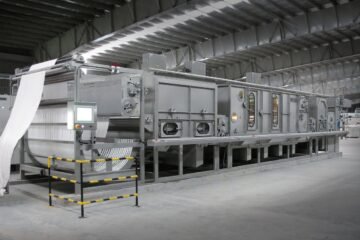The pre-dyeing stage is essential for preparing textiles for further treatments like dyeing, printing, and finishing. During this phase, any processing aids used in earlier stages such as spinning, weaving, or knitting need to be removed. These may include oils, waxes, and other substances, along with any natural or incidental impurities. A clean fabric is critical for achieving the desired quality in subsequent processes.
The steps involved in preparation vary based on the type of fiber, the structure of the textile (whether it’s in staple, yarn, or fabric form), and the specific finishing treatments planned. These decisions are influenced by market trends, customer preferences, the team’s expertise, and the available equipment.
Some common processes in the pre-dyeing stage include desizing, singeing, mercerizing, scouring, and bleaching. Each of these methods is adapted depending on the material and the conditions. In some cases, treatments like bleaching or mercerizing can be categorized as either part of the preparation or the finishing process, depending on the downstream needs of the yarn or fabric.
Waxing:
Waxing plays a crucial role in making yarn smoother by reducing its friction when it comes into contact with machine parts. This process is particularly important for yarns that will be used in knitting machines, where smooth and efficient movement is essential.

Waxing typically happens during the winding stage, where the machine is fitted with an adjustable waxing system that ensures a consistent application of wax to the yarn. Additionally, the system is equipped with a control device that automatically stops the machine if the wax supply runs out, ensuring uninterrupted quality and preventing potential damage to the yarn.







